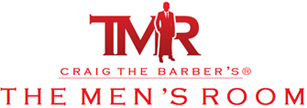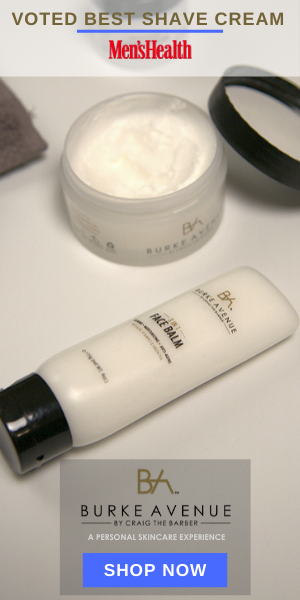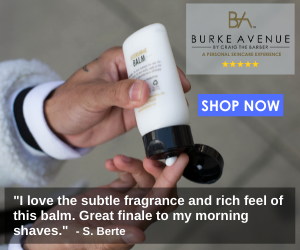I came across this article from Rodale News that explained the importance of understanding sunscreen and why some of the brands on the market are simply unsafe. If you’d like to read the full article click here. Otherwise, I simplified the article for a much quicker read below. Enjoy!
…………………………
 When you slather on sunscreen, you’d like to think that it’s protecting you against sunburns and skin cancer, right? That’s not always the case in the United States, where lax guidelines and regulations have made sunscreen your weakest tool in the fight against ever-increasing rates of melanoma, according to the nonprofit Environmental Working Group (EWG).
When you slather on sunscreen, you’d like to think that it’s protecting you against sunburns and skin cancer, right? That’s not always the case in the United States, where lax guidelines and regulations have made sunscreen your weakest tool in the fight against ever-increasing rates of melanoma, according to the nonprofit Environmental Working Group (EWG).
For the seventh year in a row, EWG has released its sunscreen ratinigs, based on the findings of the group’s research scientists and public health experts, who analyze the safety and efficacy of 1,400 sunscreens, lip balms, makeup products, and lotions with SPF.
What did they find? Just 25 percent of those products offer safe sun protection against both UVA and UVB rays without also being littered with unsafe sunscreen ingredients, says Nneka Leiba, EWG’s deputy director of research and the lead researcher on the project. “Sunscreen awareness may be improving, but overall sun protection is not,” she says.
That’s not all. American shelves are littered with products that lull users into a false sense of security, don’t provide full coverage, and expose people to toxic chemicals that could actually be increasing their risk of skin cancer. EWG’s report highlighted a bunch of those products, and here are their picks for the six worst kinds of sunscreen:
#1: Sunscreens with Retinol
Retinol, or vitamin A, can increase the risk of tumors on sun-exposed skin, according to a number of government tests. Yet it’s commonly added to sunscreens and lotions owing to its antiaging effects.
#2: Sunscreens with SPFs Higher Than 50
SPF is a measure of protection against sunburn-causing UVB rays only, not of cancer-causing UVA rays, and UVA protection in these products is poor. High-SPF products also lull you into a false sense of security. “Because they protect you longer from UVB rays, you may not get burned, which you associate with time to go inside,” Leiba adds. The FDA has proposed rules that would prohibit companies from advertising SPFs higher than 50, which they call “inherently misleading,” but those rules have never gone into effect.
***#3: Sunscreens that Contain Oxybenzone
Oxybenzone is a chemical sunscreen agent that gets absorbed by your skin. The problem with it, says Leiba, is that it penetrates the skin very easily and gets absorbed into your bloodstream. Once inside your body, it mimics the hormone estrogen, which, over the long term, can lead to reproductive issues and thyroid problems, and autism researchers suspect that the chemical is also neurotoxic. It can also be listed as benzophenone or benzophenone-3.
#4: Sunscreens in Powder, Spray-on, or Towelette Form
Anything you could potentially inhale shouldn’t be saturated in sunscreen chemicals that act like hormones in your body, EWG warns. Plus, “when you’re spraying on sunscreen, it’s hard to tell if you’re getting the amount of coverage you need,” Leiba says. The same goes with powders and towelettes. In fact, this is the last summer you’ll see either product on store shelves.
#5: Sunscreen/Bug Repellent Combos
They’re unnecessary and potentially harmful. Bug repellents can contain effective but potentially irritating chemicals that you need only apply once a day, whereas sunscreen should be reapplied every two hours. Beyond that, you don’t need them, says EWG. Unless you’re on a long hike in the wilderness, bugs are mostly pesky at dawn and dusk, not during the heat of the day when UV rays are strongest.
#6: Moisturizers, Lip Balms with SPF
Fewer than 10 percent of these meet EWG’s criteria for providing UVA and UVB protection, and for that matter, most products on the market can’t claim “broad-spectrum” protection as defined by the FDA. So any claims that they can prevent skin damage from sunlight are overstated, EWG has found.
– Better Bets for Safer Sunscreen
What sunscreens should you buy? Here’s the 2013 sunscreen database that highlights the most effective products with the fewest harmful ingredients, and breaks them down into the following categories:
Beach & sport sunscreens – Click here for full list or short list below.
- All Terrain TerraSport Lotion, SPF 30
- Kiss My Face Natural Mineral Sunscreen, SPF 40
- Jason Pure Natural Sun Mineral Sunscreen, SPF 30
- Climb On! Mineral Sunscreen, SPF 30
- Raw Elements USA ECO Formula, SPF 30
MOST importantly, realize that sunscreen should always be your THIRD line of defense against skin cancer and sunburns, recommends EWG, the American Academy of Dermatology, and the World Health Organization—among many other advocacy groups. The first should be to seek shade or stay out of the sun between 10 a.m. and 4 p.m. when UV radiation is strongest. The second, to cover up with hats, long sleeves, and long pants. Once you have these defenses in place, then cover your exposed skin with sunscreen











For the lips should I use my normal sunscreen and then ad a SPF lotion?
Hi Alex, I would actually just recommend a lip balm that has a satisfactory level of SPF in it and use that!